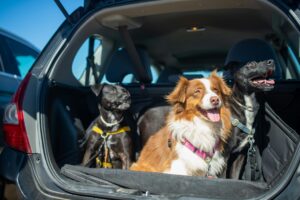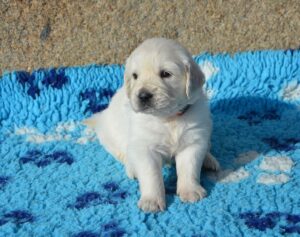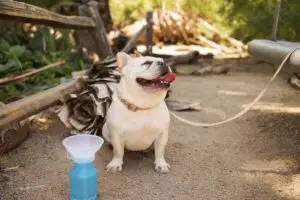How To Stop Dogs From Chasing Cars ?
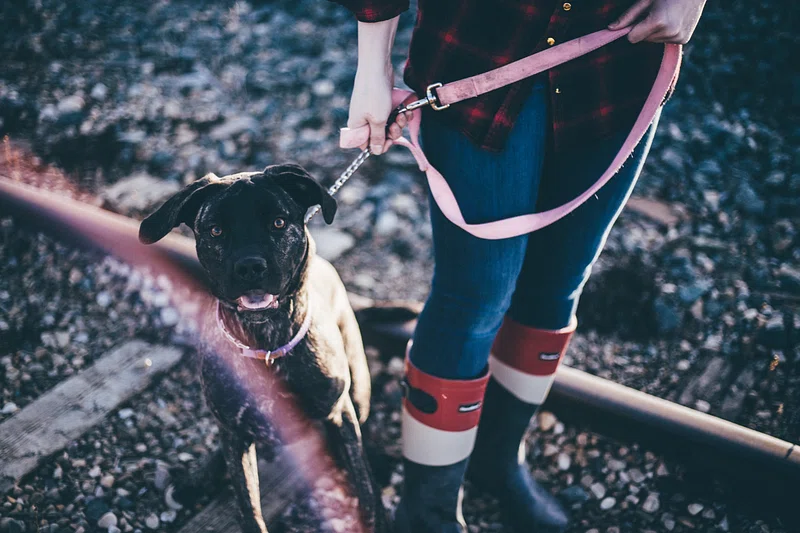
How To Stop Dogs From Chasing Cars :- The issue of dogs chasing cars poses significant risks, often underestimated by many owners. Not only does this behavior endanger the dog, but it also poses threats to drivers and other road users. Chronic car-chasing dogs typically have shortened life spans due to the inherent dangers involved. Here’s some essential information to help retrain your dog and discourage them from chasing cars, cyclists, or pedestrians.
While some owners may find their dog’s car-chasing behavior amusing or dismiss it as harmless, the reality is far more serious. The potential for injury to the dog or others, including children and adults, is significant and should not be taken lightly. Dogs exhibiting car-chasing tendencies may extend this behavior to motorbikes and bicycles, creating hazardous situations for everyone involved.
Although car-chasing is a natural instinct for dogs, it’s essential to prevent it from becoming a habit. This behavior may stem from predatory instincts, playfulness, or territorial tendencies. It’s particularly problematic when regular visitors to the home, such as delivery personnel, trigger the dog’s chasing behavior. Unchecked, this behavior could escalate and pose risks to children playing outdoors.
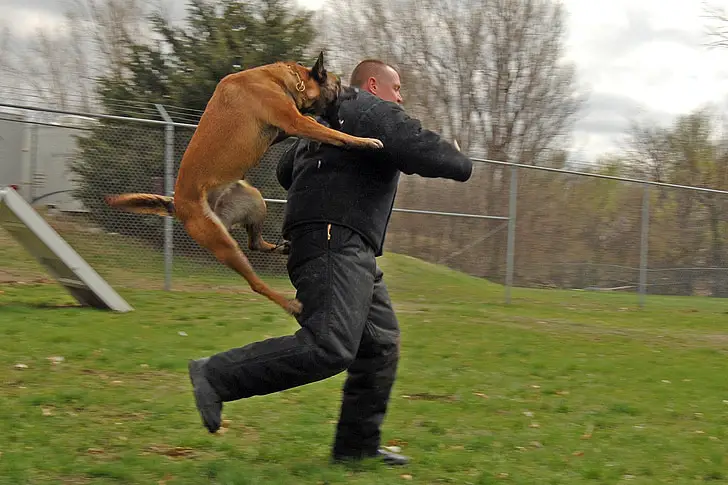
To address car-chasing behavior, it’s crucial to ensure your dog is never allowed to roam freely where they can chase cars, cyclists, or pedestrians. They must be trained to respond to commands effectively to prevent accidents and keep everyone safe.
What is prey chase drive?
The instinctual urge to pursue prey, known as prey chase drive or predatory chase drive, is deeply ingrained in many dogs. This compelling desire prompts them to chase after various moving objects, including other animals, vehicles, and even bicycles or scooters.
The sight of potential prey triggers an almost reflexive response in dogs, compelling them to give chase. This behavior is not only natural but also enjoyable for dogs, activating the pleasure centers in their brains. Certain breeds, particularly those bred for hunting, herding, or working purposes, exhibit higher levels of predatory chase drive.
Prey drive encompasses a range of behaviors, including searching, stalking, chasing, and biting. While most dogs may exhibit some degree of interest in chasing, breeds with specific genetic traits are more predisposed to this behavior. For instance, sighthounds like greyhounds and whippets, as well as terriers, have a strong inclination to pursue and potentially prey on small animals. Conversely, shepherd and working dog breeds may display a tendency to chase larger prey or vehicles, influenced by their instincts to herd and control livestock. Understanding your dog’s breed characteristics can provide insight into their propensity for chasing behavior.
How To Stop Dogs From Chasing Cars What Makes Chasing Cars Dangerous?
The erratic behavior of dogs chasing cars poses significant risks to both themselves and others. When an off-leash dog engages in this behavior, they are vulnerable to serious injury or even fatality. In the event of a chase, the dog may become entangled with the vehicle or dart into traffic, resulting in severe consequences.

Moreover, the sudden and forceful lunging of a dog attempting to chase a car can catch owners off guard, leading to potential falls or injuries. This concern is particularly heightened with larger breeds, whose strength can easily overpower their owners.
Furthermore, dogs that develop a habit of chasing vehicles may extend this behavior to other moving objects, such as cyclists or skateboarders. This escalation poses a heightened risk of aggression, as the dog may perceive these individuals as prey and exhibit threatening behavior. Consequently, there is a real danger of bites or other aggressive actions directed towards cyclists or skateboarders, further underscoring the importance of addressing and preventing car-chasing behavior in dogs.
Prioritize Safety
When training your dog, safety always comes first. Adhere to leash laws, especially if your dog shows a tendency to chase moving vehicles. Keep them on a short, six-foot leash when near roads or areas with traffic, avoiding long lines or retractable leashes. Ensure a secure grip on the leash or consider using a hands-free leash attachment to keep your dog close during training sessions.
Give Your Dog Space
Maintain a safe distance from moving vehicles to prevent your dog from becoming overwhelmed. Keep your dog below threshold by staying far enough away from passing cars to allow them to focus on you. The appropriate distance will vary depending on your dog’s comfort level. Some dogs may be fine on the sidewalk, while others may need to be diverted onto driveways or parking lots for training.
Counterconditioning
Counterconditioning is key to shifting your dog’s behavior and response to passing cars. Instead of punishing chasing behavior, use positive reinforcement techniques to create new associations with the sight and sound of vehicles. Equip yourself with a six-foot leash and plenty of high-value treats for training sessions.
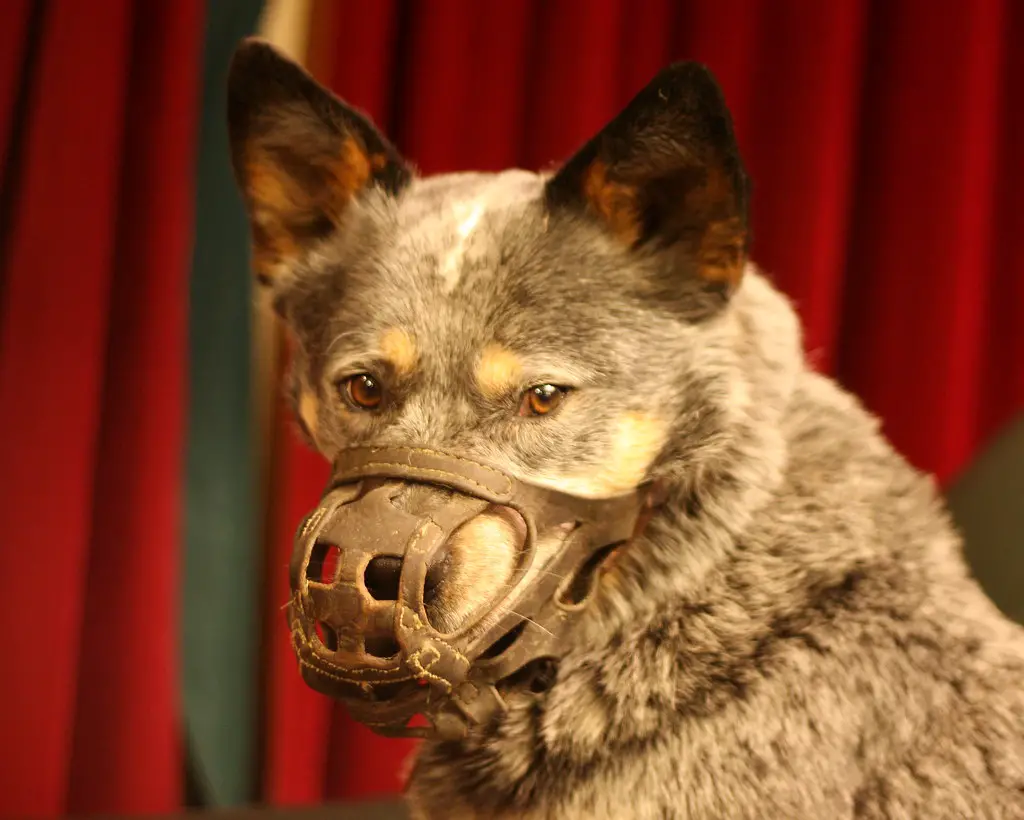
Step 1 :- Begin training at a comfortable distance from traffic, praising and treating your dog each time a car passes. Utilize a clicker if you’re using clicker training methods.
Step 2 :- As your dog starts associating passing cars with rewards, they’ll begin looking to you for treats. Offer lots of praise and rewards for engaging with you during car sightings.
Step 3 :- Gradually decrease the distance between your dog and the traffic as they become more comfortable. If your dog shows signs of becoming agitated or attempts to chase a car, retreat to a safer distance for the next training session. Click or praise and treat your dog for maintaining focus on you and ignoring passing cars.
How To Stop Dogs From Chasing Cars Tips to stop your dog chasing cars
Utilize mealtimes for teaching patience
- Transform mealtimes into training opportunities by having your dog sit calmly with their food as a distraction. This lays the foundation for teaching patience in various environments.
Foster a positive recall experience
- Ensure that your dog associates the recall command with positive outcomes. When they respond promptly to the command, reinforce their behavior with rewards, reinforcing the notion that returning to you brings enjoyable experiences.
Reinforce the ‘leave’ command consistently
- Teach your dog that ‘leave’ means to disengage from any distraction and return to you for a reward, whether it’s in the presence of cars, wildlife, or household items. Consistent reinforcement will instill a positive response to this command.
Build trust through proper heeling
- Teach your dog to walk calmly beside you on a loose lead, emphasizing that staying close to your left side is rewarding. This fosters trust in your commands and encourages your dog to remain composed amid distractions.
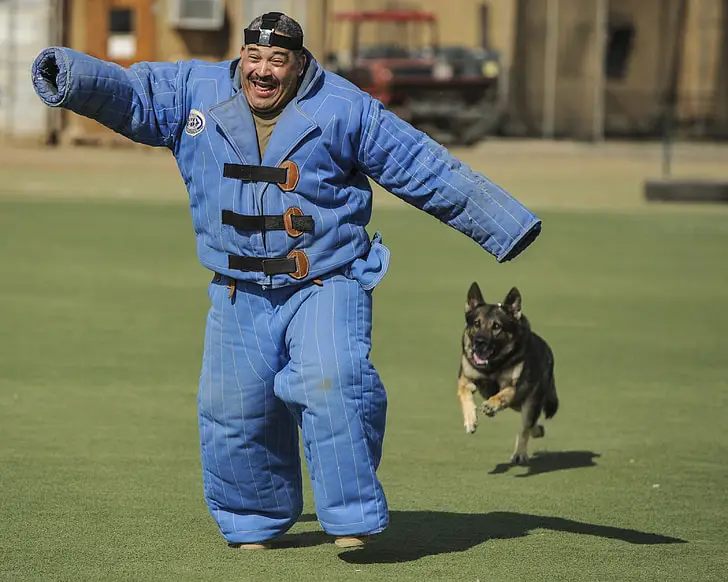
Limit freedom during walks
- Avoid giving your dog excessive freedom during walks, especially if foundational commands haven’t been firmly established. Allowing too much autonomy can lead to dangerous behaviors like chasing cars. Keep a close leash until your dog reliably responds to commands.
Be cautious of unintentionally reinforcing bad habits
- Avoid inadvertently encouraging undesirable behaviors, such as chasing moving objects like balls or frisbees. If you’ve been engaging in activities that promote chasing, cease immediately and focus on reinforcing fundamental commands to prevent the development of harmful habits.

